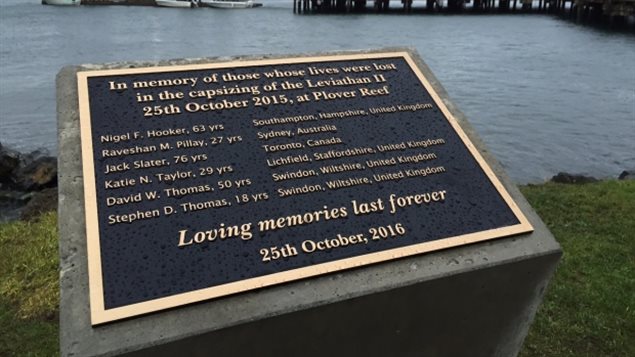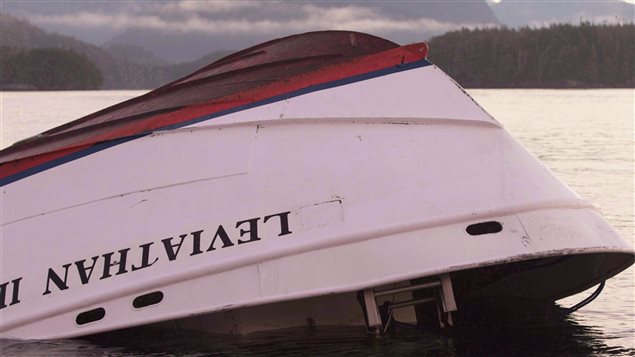It was in October 2015 in beautiful Clayoquot Sound off Canada’s west coast that a whale-watching vessel was it by a rogue wave and capsized killing six of the 27 people on board. Canada’s Transportation Safety Board has made three recommendations to improve safety and speed rescue.
The board is an independent agency of the government of Canada that investigates marine, pipeline, railway and aviation transportation accidents. It does not assign fault or determine liability. It’s mandate is to advance transportation safety.

Wave was seen too late
A news release describes sea conditions that were favourable to the formation of breaking waves. None had been seen as the vessel approached the area to observe sea lions. When the master of the ship did see the large wave coming, he tried to turn the vessel to lessen the impact but it was too late.
The crew did not have time to send a distress call and there was no automatic system in place to deploy one. It was “only by chance” that the crew was able to set off a flare, and seeing it, indigenous fishermen sent the alarm and rushed to the scene.
‘In cold water, every second counts’
The report concludes that the government should require passenger vessel operators to adopt ways to identify hazards and have strategies to reduce the risks. It also notes that it took 45 minutes for search and rescue authorities to find out about the accident.
“When people find themselves in cold water, every second counts,” said Kathy Fox, chair of the board. So the board recommends that all commercial passenger vessels operating in open water carry emergency beacons that would automatically transmit a continuous distress signal and location information.







For reasons beyond our control, and for an undetermined period of time, our comment section is now closed. However, our social networks remain open to your contributions.